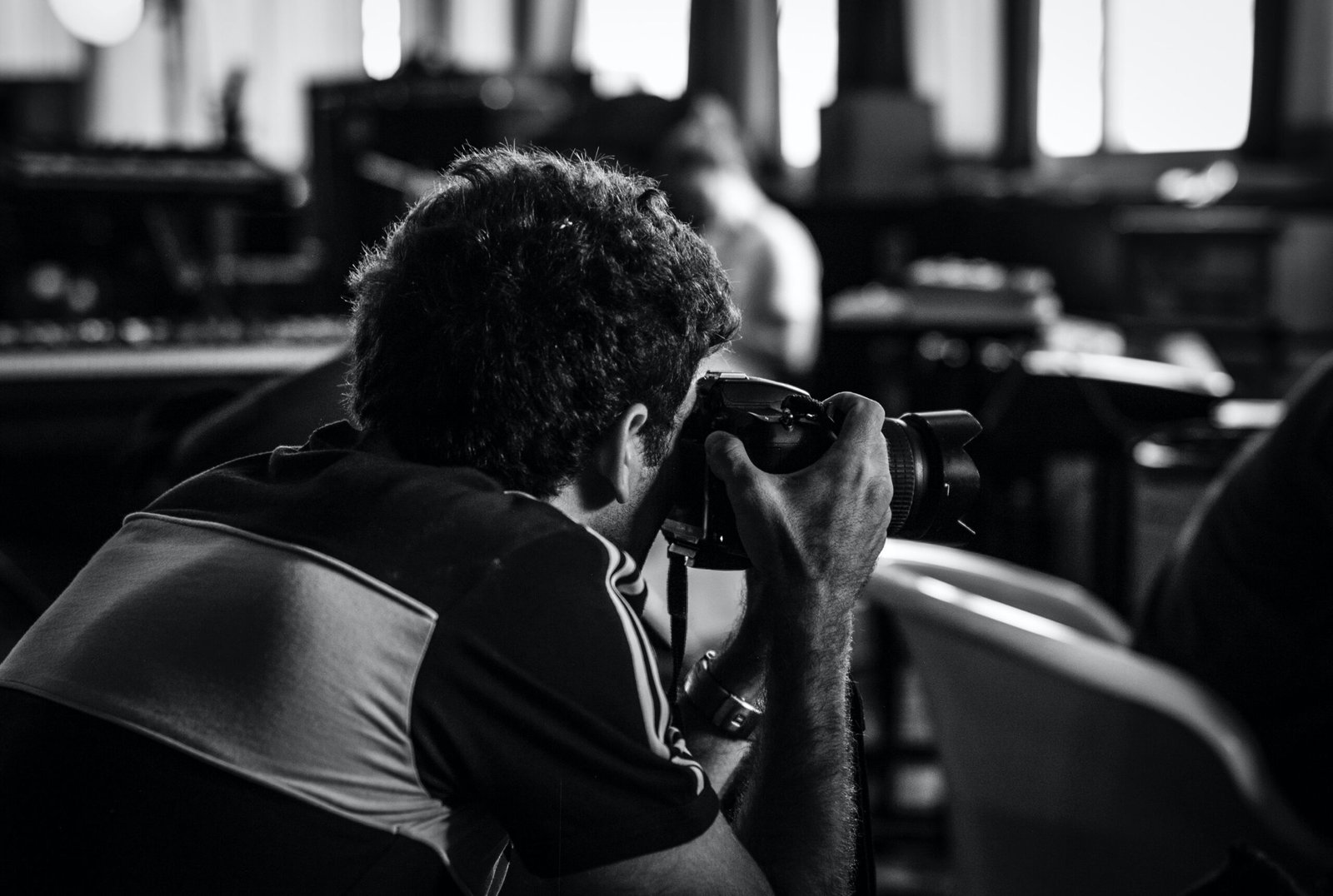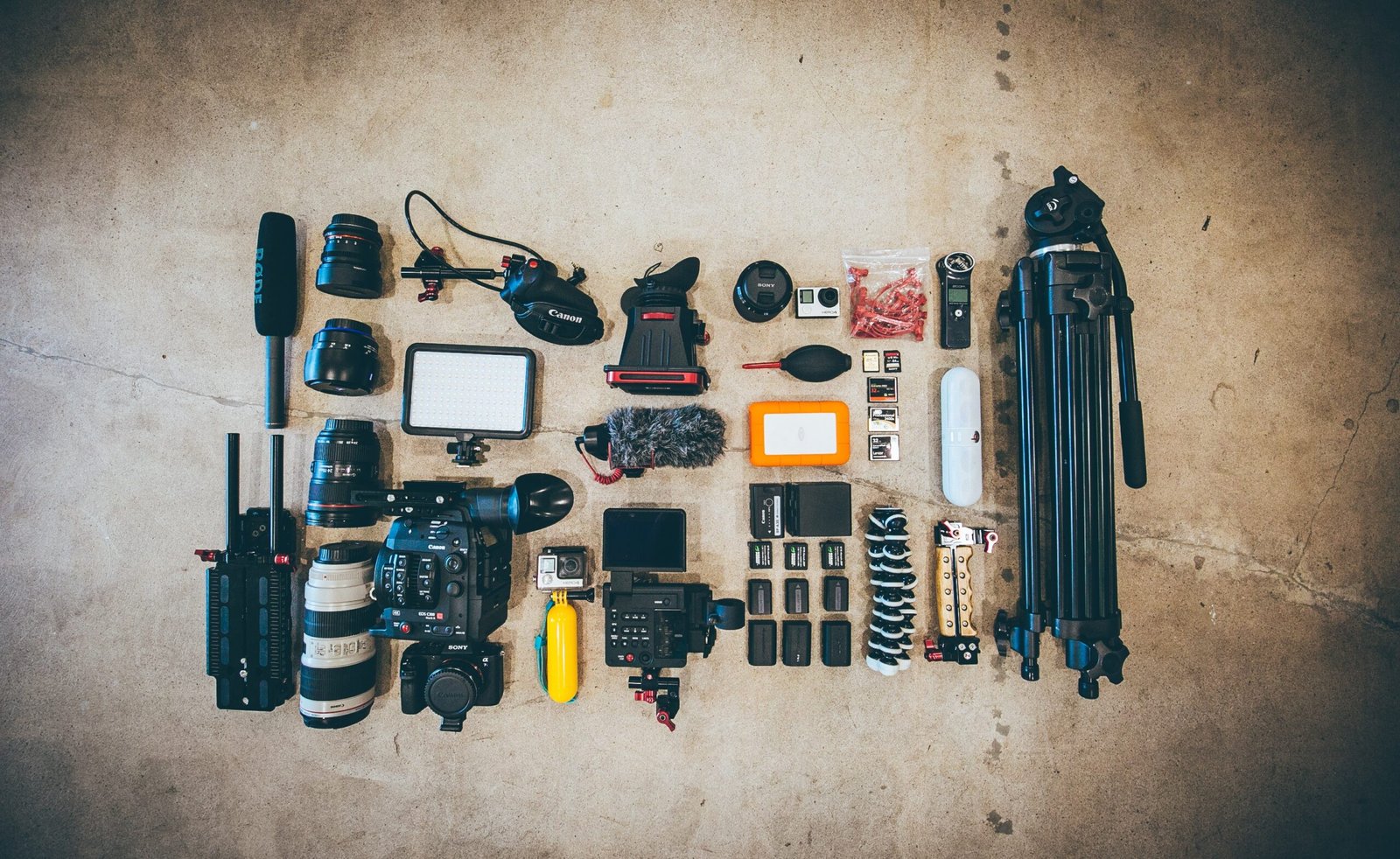
Getting Invested In Photography: The Basics
In the past, taking photos was something that was carried out only as a professional career or something that we’d do on special occasions.
We all had big, chunky cameras, or affordable disposable cameras, and might take a few pictures at key events, such as birthdays, weddings, or holidays. Nowadays, though, photography and technology have come a long way.
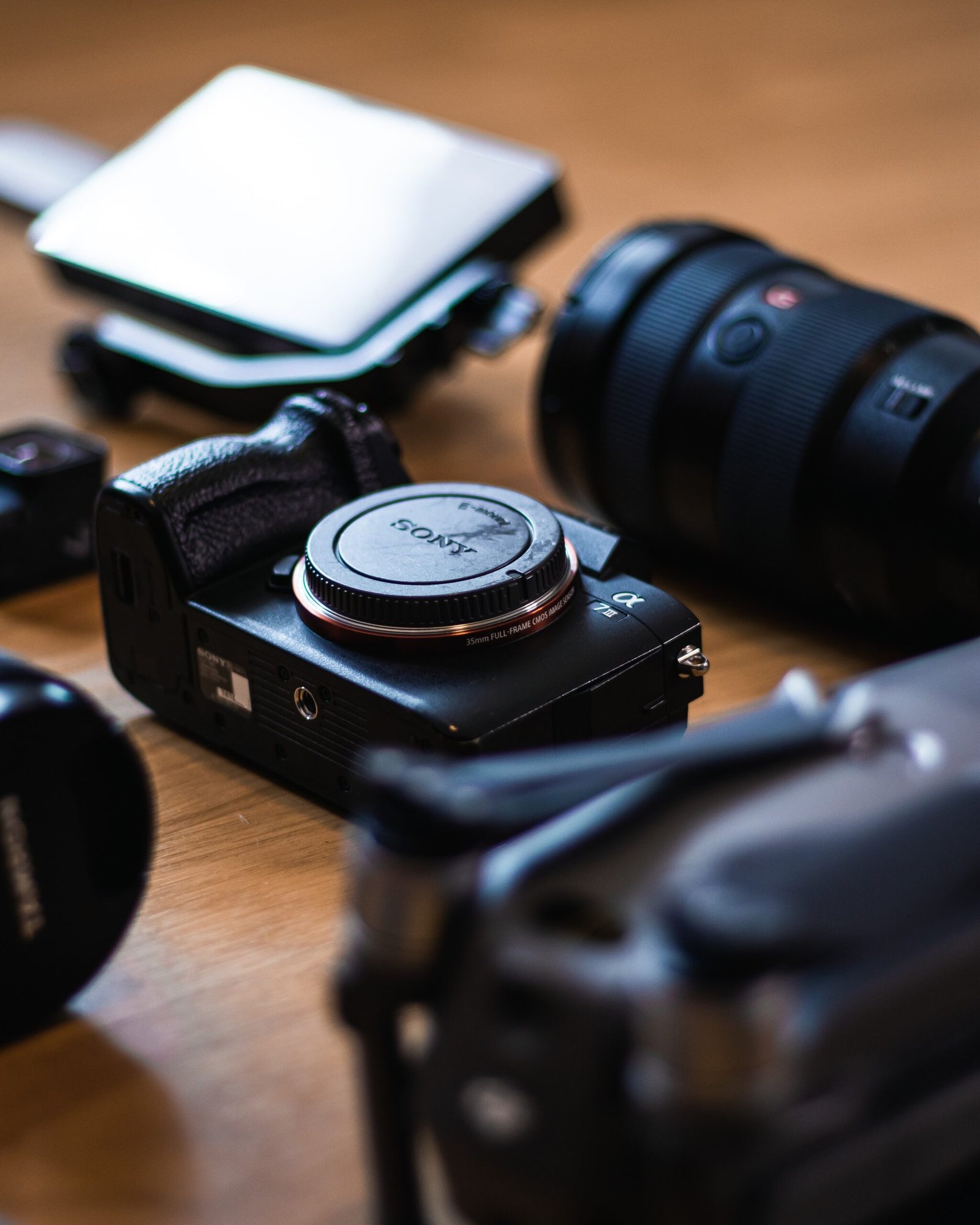
We take countless pictures every single day, from pictures of our meals to casually share with friends to ongoing documentation of our day-to-day life to share to our social media feeds. Believe it or not, it’s estimated that there are around 7.5 billion people in the world and 5 billion are estimated to have a phone, which now tends to have a camera on. It’s also estimated that we take roughly 14 trillion photographs between us every single year. With access to good quality cameras increasing, and photography becoming a more casual venture, it’s not all too surprising that many of us are looking to improve our skills in this field.
If you fall into this group, here are some key tips that can help you to get started in photography.
Choosing a Suitable Camera
The first step on your journey to improved photography is choosing the right camera to suit your needs. If you want a casual start and don’t want to spend much on a professional camera, you can rest assured that plenty of smartphones have sufficient quality cameras to capture some truly great images. Learning how to use smartphone cameras is simple, with basic skills like knowing how to transfer photos from iPhone to iPhone, can come easily. If you want to get more advanced, you could invest in an SLR film camera or a digital DSLR camera. These will take more to learn how to use, but there are plenty of tutorials online, or professional photography courses out there.
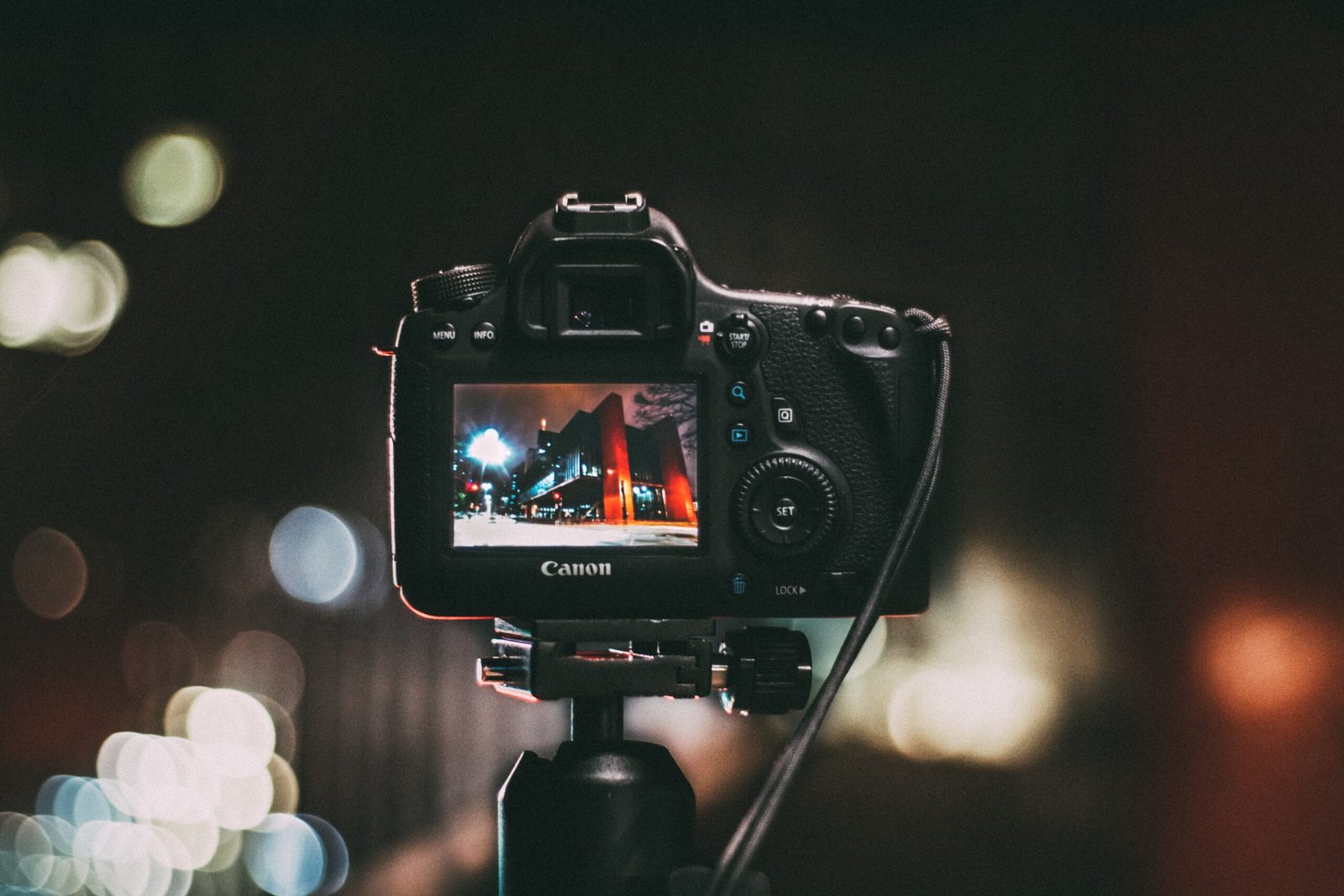
Use Lighting to Your Advantage
When you start taking photographs, you will find that something that greatly affects any image and its quality is the lighting in the space you’re shooting. Lighting really is absolutely integral to photography and the photographer’s process. So much so that the word “photograph” itself is actually formed from the Greek “photos” (meaning light) and “graph” (meaning drawing). Now, as you progress, you can start to play with lighting and the different effects that it can create. But as a beginner, it’s generally recommended that you start out using plenty of natural lighting. Generally speaking, especially in regards to portraits, natural lighting tends to be the most flattering type of lighting. It gives good exposure and can make the subject look bright and clear. This will usually mean plenty of outdoor, daytime shoots. Instructors at photography workshops often suggest that, if you find that you want or need to take pictures at times or in places where natural light isn’t readily available, you can look into replicating natural light with artificial sources. There are plenty of different professional lighting setups that you can invest in. If you have a lower budget, circle lights are now widely available at lower costs and these can be clipped onto the front of your camera or smartphone!
Editing
Nowadays, editing tends to be a standard part of photography. Touch-ups or full-blown photoshop are regularly used by the majority of photographers, so if you want to get serious about your craft, this may be something that you want to pick up. The good news is that editing can really help you to advance your photography quickly, resulting in more impressive images off the bat.
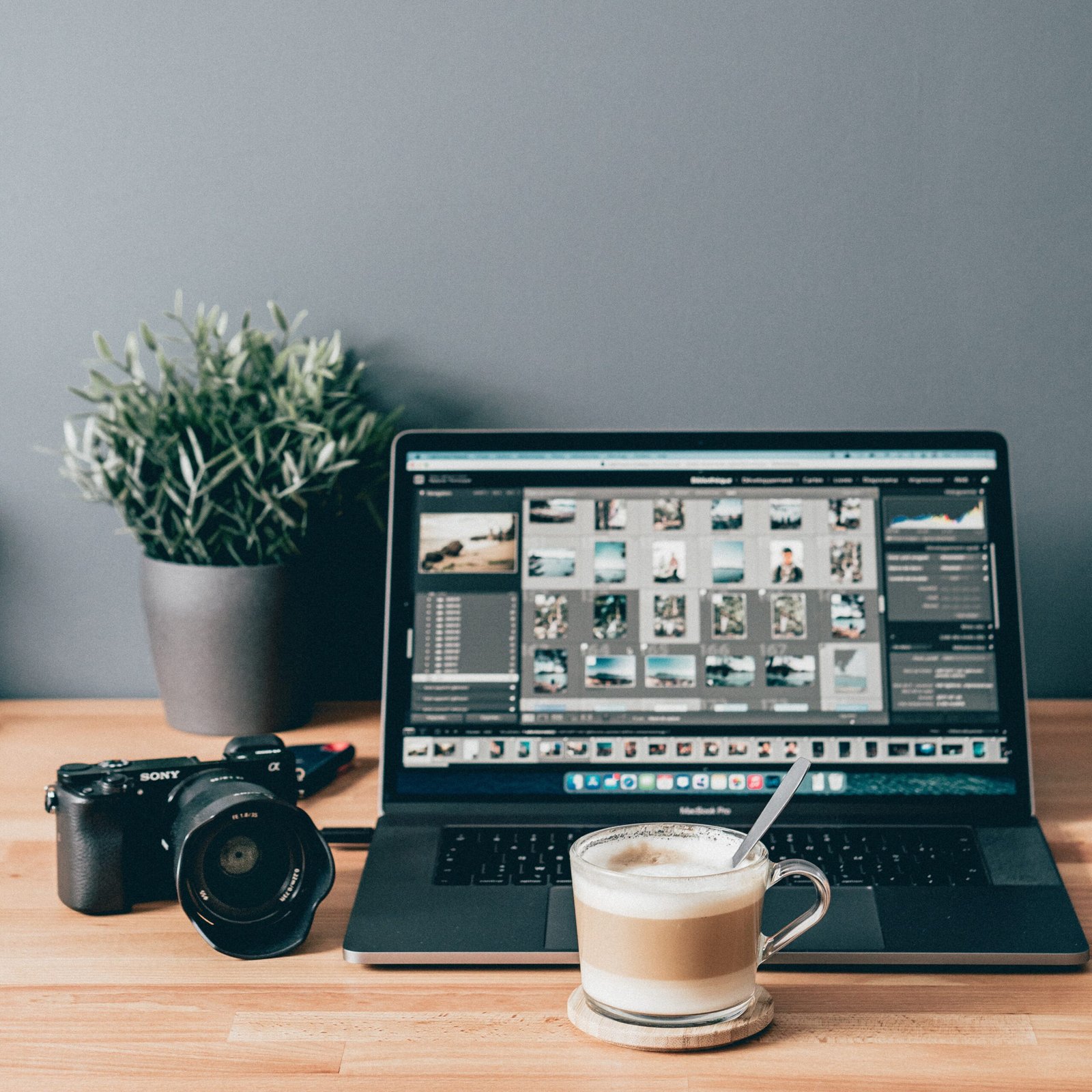
Some claim that the worst raw image can be improved significantly with a little editing. Now, there are a number of ways that you can go about editing, and the best to suit your needs will depend on how far you want to go with it. For beginners, there are a number of different apps that will allow you to add filters to your images and make subtle changes such as editing lighting, contrast, levels, and tones in your images. Professional photo editing software is advised for those who want more professional and precise final images. Photoshop, of course, is by far the most widely used. Sure, it can be complex and complicated. But because of its popularity, there are countless free tutorials online that can show you how to do pretty much anything you want with the software.
These are just a few of the steps entailed in photography and progression within the discipline. Hopefully, some of the information we’ve outlined will help you to take the right path to suit your needs, preferences, and budget!







